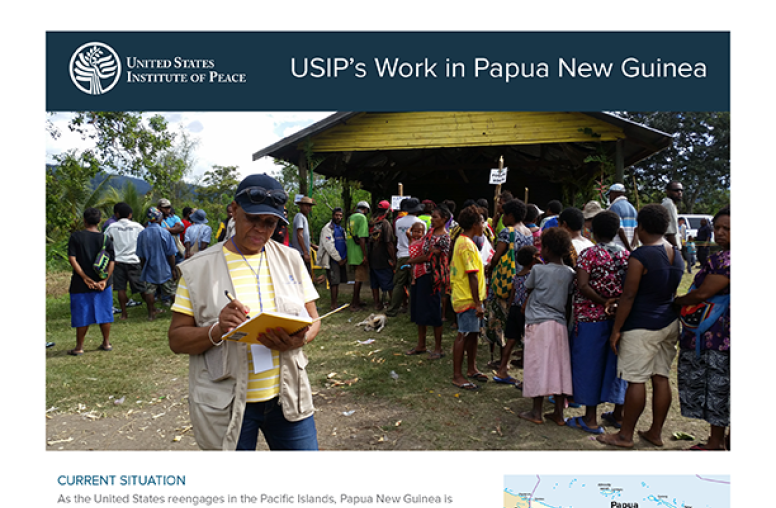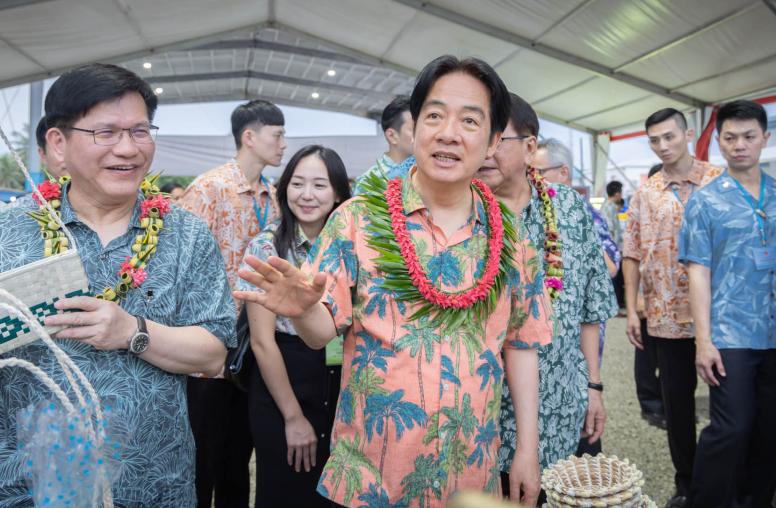Pacific Islands
The Pacific Islands include over a dozen countries and territories spanning an area four times the size of the continental United States. The Pacific Islands see themselves not as small island countries, but as large ocean states forming a “Blue Pacific Continent.” The United States is increasingly focusing its attention on the region, particularly amid China’s growing engagement and the impacts of climate change. USIP is pursuing a range of projects focused on peace and stability in the Pacific Islands and elevating dialogue with the region.


